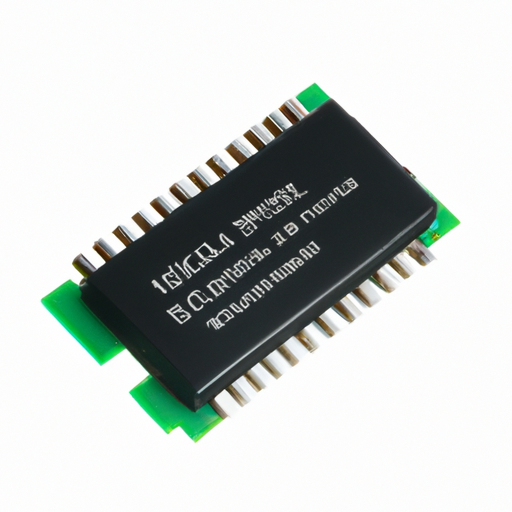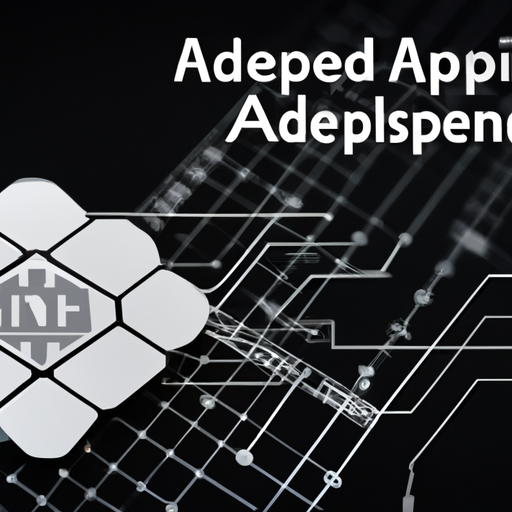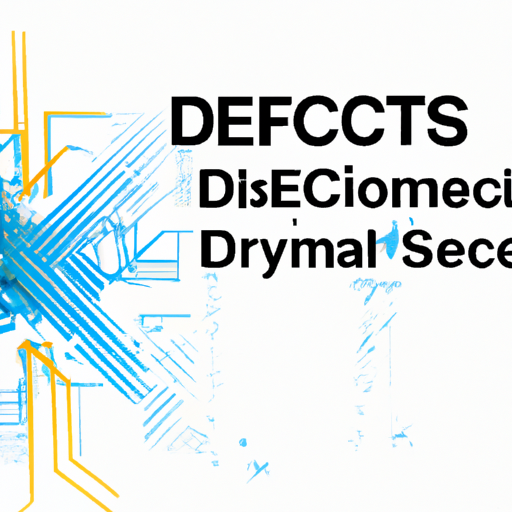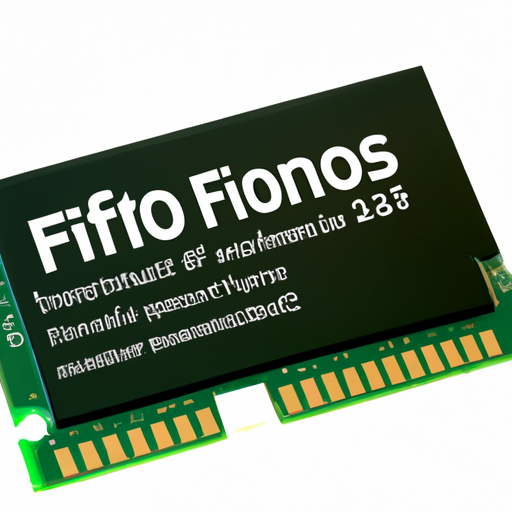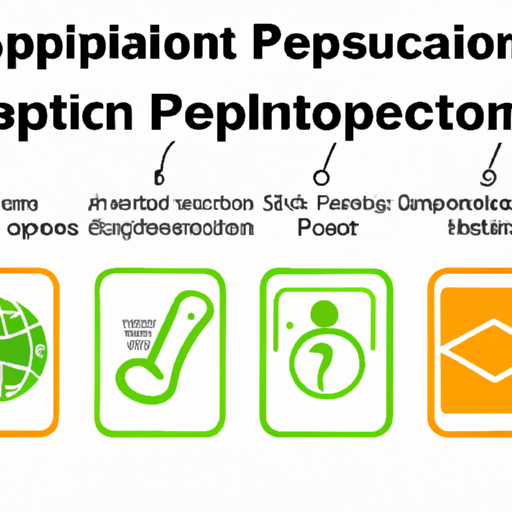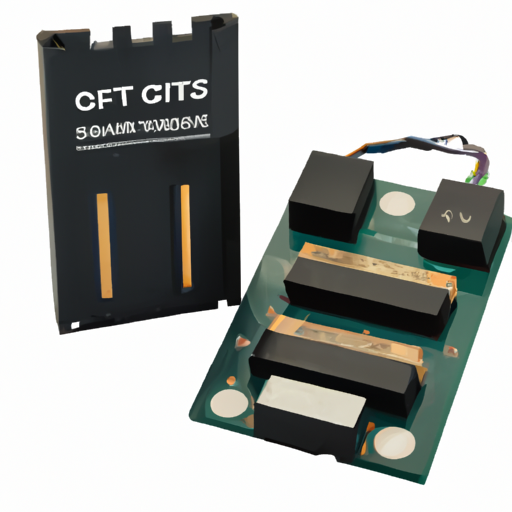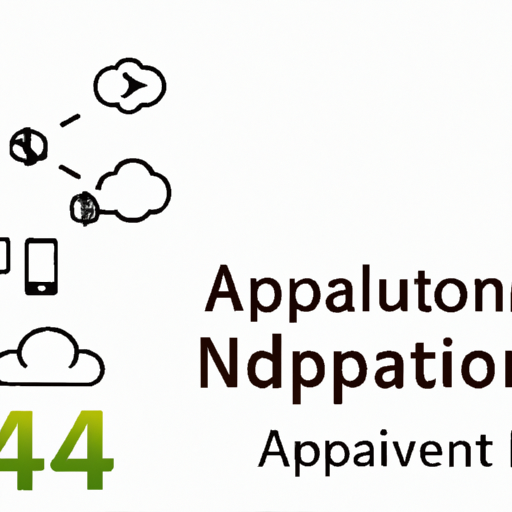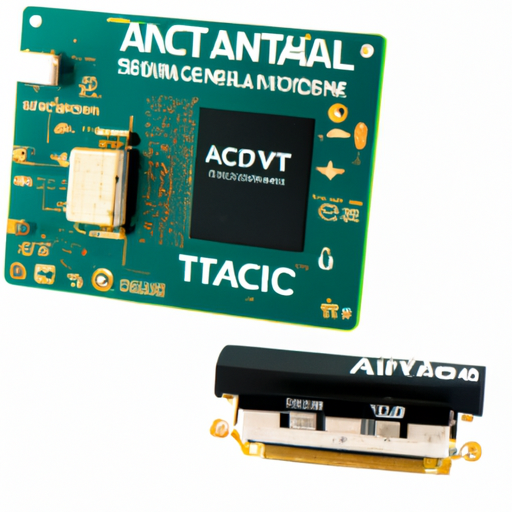
Application Development in Modems - ICs and Modules for CFR-12JB-52-110R: Key Technologies and Success StoriesThe CFR-12JB-52-110R is a specific model of a modem that likely serves various communication applications. While detailed specifications for this model are not available, we can explore the broader landscape of modem technology, focusing on integrated circuits (ICs) and modules, as well as notable success stories in the field.
Key Technologies in Modem Development1. Digital Signal Processing (DSP)2. Software-Defined Radio (SDR)3. Low Power Consumption4. High-Speed Data Transmission5. Integration of IoT Capabilities6. Security Features7. Cloud Connectivity1. Telecommunications2. Smart Home Devices3. Industrial IoT4. Telemedicine5. Connected Vehicles Success Stories in Modem Application Development ConclusionThe development of modems, particularly ICs and modules like the CFR-12JB-52-110R, is driven by technological advancements and the increasing demand for connectivity across various sectors. Success stories in telecommunications, smart home devices, industrial IoT, telemedicine, and connected vehicles illustrate the transformative impact of modem technology on modern life. As technology continues to evolve, we can anticipate further innovations that will enhance communication capabilities and open new avenues for application development, ultimately shaping the future of connectivity.

Certainly! Below is an overview of core functional technologies related to S6008L microcontrollers, microprocessors, and FPGA modules, along with application development cases that highlight their effectiveness.
Core Functional Technologies 1. **Microcontrollers (MCUs)**
- **Architecture**: Microcontrollers typically integrate a CPU, memory (RAM and Flash), and peripherals on a single chip. The S6008L, for instance, may feature a low-power architecture suitable for battery-operated devices.
- **I/O Interfaces**: MCUs often include various I/O interfaces such as GPIO, UART, SPI, and I2C, enabling communication with sensors and other devices.
- **Power Management**: Many MCUs have built-in power management features, allowing them to operate in low-power modes, which is crucial for energy-efficient applications.
- **Real-Time Operating Systems (RTOS)**: Some applications may require multitasking capabilities, which can be achieved using an RTOS tailored for microcontrollers. 2. **Microprocessors**
- **Performance**: Microprocessors are designed for high-performance applications, often featuring higher clock speeds and more complex architectures than microcontrollers.
- **Memory Management**: They typically support larger memory capacities and advanced memory management techniques, making them suitable for running complex operating systems like Linux or Windows.
- **Multicore Processing**: Many modern microprocessors support multicore architectures, allowing for parallel processing and improved performance in multitasking environments. 3. **FPGA Modules**
- **Reconfigurability**: FPGAs can be reprogrammed to perform different tasks, making them highly versatile for various applications, from digital signal processing to custom hardware accelerators.
- **Parallel Processing**: FPGAs excel in parallel processing capabilities, allowing multiple operations to be executed simultaneously, which is beneficial for high-speed applications.
- **Integration with Other Technologies**: FPGAs can be integrated with microcontrollers and microprocessors to offload specific tasks, enhancing overall system performance. Application Development Cases 1. **Smart Home Automation (Microcontrollers)**
- **Case Study**: Using the S6008L microcontroller, developers can create smart home devices such as smart thermostats or lighting systems. The MCU can interface with temperature sensors, light sensors, and Wi-Fi modules to control home environments based on user preferences.
- **Outcome**: Enhanced energy efficiency and user convenience, with the ability to control devices remotely via a smartphone app. 2. **Industrial Automation (Microprocessors)**
- **Case Study**: A manufacturing company implemented a microprocessor-based control system to monitor and control machinery. The system runs a Linux-based OS, allowing for complex data processing and real-time monitoring.
- **Outcome**: Improved operational efficiency, reduced downtime, and enhanced data analytics capabilities for predictive maintenance. 3. **Digital Signal Processing (FPGA Modules)**
- **Case Study**: An audio processing company utilized FPGA modules to develop a real-time audio effects processor. The FPGA was programmed to handle multiple audio streams and apply effects like reverb and equalization simultaneously.
- **Outcome**: High-quality audio processing with minimal latency, enabling professional-grade sound effects in live performances. 4. **Wearable Health Devices (Microcontrollers)**
- **Case Study**: A startup developed a wearable health monitor using the S6008L microcontroller to track heart rate, steps, and sleep patterns. The device communicates with a mobile app via Bluetooth.
- **Outcome**: Users gained insights into their health metrics, promoting healthier lifestyles and enabling remote health monitoring. 5. **Automotive Applications (FPGA Modules)**
- **Case Study**: An automotive manufacturer integrated FPGA modules into their advanced driver-assistance systems (ADAS) for real-time image processing from cameras and sensors.
- **Outcome**: Enhanced safety features such as lane departure warnings and collision avoidance systems, contributing to the development of autonomous vehicles. Conclusion
The S6008L microcontrollers, microprocessors, and FPGA modules represent powerful tools for a wide range of applications. By leveraging their unique capabilities, developers can create innovative solutions that enhance efficiency, performance, and user experience across various industries. The case studies illustrate the practical applications and effectiveness of these technologies in real-world scenarios.

Overview of Digital Potentiometers: The 1N5243B-TDigital potentiometers, such as the 1N5243B-T, are pivotal in modern electronics, offering precise control over resistance values in diverse applications. Their integration into various systems enhances functionality, reliability, and user experience. Below, we delve into the core functional technologies and application development cases that underscore the effectiveness of digital potentiometers.
Core Functional Technologies1. Digital Control 2. Non-Volatile Memory 3. Multi-Channel Operation 4. Programmable Resistance 5. High Precision and Stability 1. Audio Equipment 2. Sensor Calibration 3. Automotive Applications 4. Industrial Automation 5. Medical Devices 6. Consumer Electronics Application Development Cases ConclusionDigital potentiometers like the 1N5243B-T play a crucial role in a wide array of applications due to their precision, programmability, and ease of integration with digital systems. Their ability to provide reliable and accurate resistance control makes them invaluable components in modern electronic design, enhancing functionality across various industries. As technology continues to advance, the role of digital potentiometers is expected to expand, paving the way for innovative applications and improved electronic solutions.

Application Development in CODECS for 1N5242B-T: Key Technologies and Success StoriesThe 1N5242B-T is a Zener diode widely used for voltage regulation in various electronic applications. When discussing application development in CODECS, it is essential to consider the context in which the 1N5242B-T is utilized, particularly in electronic design and development environments. Below are key technologies and potential success stories related to the application development involving the 1N5242B-T.
Key Technologies1. Voltage Regulation Circuits2. Simulation Software3. Microcontroller Integration4. PCB Design Software5. Power Management ICs6. Testing and Measurement Equipment1. Consumer Electronics2. Automotive Applications3. Industrial Automation4. Telecommunications5. Medical Devices Success Stories ConclusionThe 1N5242B-T Zener diode plays a vital role in various applications across multiple industries. By leveraging key technologies such as simulation software, microcontroller integration, and PCB design tools, developers can create robust applications that effectively utilize this component. Success stories in consumer electronics, automotive, industrial automation, telecommunications, and medical devices highlight the versatility and importance of the 1N5242B-T in modern electronic design. As technology continues to evolve, the role of components like the 1N5242B-T will remain crucial in developing reliable and efficient electronic systems.

Overview of DC-DC Switching ControllersDC-DC switching controllers are essential components in modern electronic systems, enabling efficient power conversion and management. They are designed to convert a source of direct current (DC) from one voltage level to another, optimizing power delivery for various applications. Below, we explore the core functional technologies and application development cases of DC-DC switching controllers.
Core Functional Technologies of DC-DC Switching Controllers1. Converter Topologies2. Control Methods3. Integrated Circuits (ICs): Modern DC-DC converters are often implemented as integrated circuits, which include the controller, power switches, and feedback mechanisms in a single package, reducing board space and improving reliability. 4. Pulse Width Modulation (PWM): A technique used to control the power delivered to the load by varying the width of the pulses in the switching signal, allowing for precise control of output voltage and current.
5. Efficiency Optimization: Advanced designs focus on maximizing efficiency, often exceeding 90%, by minimizing switching losses, optimizing component selection, and employing techniques like synchronous rectification.
6. Protection Features: Many controllers include built-in protection features such as overvoltage, undervoltage, overcurrent, and thermal shutdown to enhance reliability and safety.
Application Development Cases1. Consumer Electronics: DC-DC converters are integral in smartphones, tablets, and laptops, managing power from batteries and adapting to the voltage requirements of various internal components. For example, a buck converter may be used to power a microprocessor from a lithium-ion battery.
2. Automotive Applications: In electric vehicles (EVs), DC-DC converters step down high-voltage battery packs to lower voltages required for auxiliary systems like infotainment, lighting, and control systems. This ensures efficient power distribution and enhances overall vehicle performance.
3. Industrial Automation: DC-DC converters power sensors, actuators, and control systems in industrial environments. For instance, a buck-boost converter may be used in a factory automation system to ensure stable power supply to control logic and sensors, even with fluctuating input voltages.
4. Telecommunications: In base stations and networking equipment, DC-DC converters ensure stable power supply to sensitive electronic components, maintaining performance and reliability in communication systems.
5. Renewable Energy Systems: In solar power systems, DC-DC converters optimize the output from solar panels and manage battery charging. For example, a maximum power point tracking (MPPT) boost converter can maximize energy harvest from solar panels under varying sunlight conditions.
6. Medical Devices: DC-DC converters are crucial in medical equipment, where precise voltage regulation is necessary for sensitive electronics and patient safety. For instance, a buck converter may be used in portable medical devices to ensure consistent power delivery.
ConclusionDC-DC switching controllers are vital for efficient power management across a wide range of applications. Their ability to adapt to different voltage requirements while maintaining high efficiency makes them indispensable in consumer electronics, automotive, industrial, telecommunications, renewable energy, and medical devices. As technology continues to advance, the development of more efficient and compact DC-DC converters will further enhance the performance and reliability of electronic systems, paving the way for innovative applications in the future.

Application Development in UARTs (Universal Asynchronous Receiver Transmitter) for 1N5240B-T: Key Technologies and Success StoriesThe 1N5240B-T is a Zener diode that plays a crucial role in voltage regulation and protection in various electronic circuits, including those utilizing UART (Universal Asynchronous Receiver Transmitter) technology. While UART is primarily a communication protocol, the integration of components like the 1N5240B-T can significantly enhance the reliability and performance of UART-based applications. Below, we explore key technologies related to UART development and highlight success stories that demonstrate the effective use of the 1N5240B-T in real-world applications.
Key Technologies in UART Development1. Serial Communication Protocol2. Voltage Regulation3. Level Shifting4. Noise Filtering5. Microcontroller Integration1. IoT Devices2. Industrial Automation3. Consumer Electronics4. Automotive Applications5. Medical Devices Success Stories ConclusionWhile the 1N5240B-T is not a UART component in itself, its role in voltage regulation and protection makes it an invaluable addition to UART-based applications. By ensuring stable voltage levels and protecting against over-voltage conditions, the 1N5240B-T enhances the reliability and performance of UART communication across various industries, including IoT, industrial automation, consumer electronics, automotive, and medical devices. The successful integration of this Zener diode in these applications underscores its importance in modern electronic design, particularly in systems where reliable communication is paramount.

Application Development in Shift Registers for 1N5238B-T: Key Technologies and Success StoriesThe 1N5238B-T is a Zener diode that plays a crucial role in voltage regulation and reference in electronic circuits. While it is not inherently linked to shift registers, its integration can enhance the performance and reliability of applications that utilize shift registers. Below, we explore key technologies related to shift registers, their applications with the 1N5238B-T, and notable success stories.
Key Technologies in Shift Registers1. Digital Logic Design: Shift registers are essential components in digital electronics, enabling data storage, transfer, and manipulation. They can be implemented using various logic families, including CMOS, TTL, and BiCMOS, each offering different performance characteristics. 2. Data Format Conversion: Shift registers facilitate the conversion between serial and parallel data formats, which is vital in communication systems. This capability is crucial for efficient data handling in applications such as data transmission and reception.
3. Clocking Mechanisms: Shift registers rely on clock signals to synchronize data movement. Understanding synchronous and asynchronous clocking is essential for designing effective shift register circuits.
4. Integrated Circuits (ICs): Many shift registers are available as integrated circuits, simplifying design and reducing component count. Popular examples include the 74HC595 (8-bit shift register) and the 74HC164 (8-bit serial-in, parallel-out shift register).
5. FPGA and CPLD Implementations: Field Programmable Gate Arrays (FPGAs) and Complex Programmable Logic Devices (CPLDs) can be programmed to implement shift register functionality, providing flexibility and scalability in design.
Applications of Shift Registers with 1N5238B-T1. Voltage Regulation in Digital Circuits: The 1N5238B-T can provide a stable reference voltage for shift registers, ensuring they operate within their specified voltage range. This stability enhances reliability and performance in digital circuits.
2. Data Communication Systems: In serial communication applications (e.g., SPI, I2C), the 1N5238B-T helps maintain stable voltage levels for communication lines, reducing noise and improving signal integrity.
3. Microcontroller Interfacing: When interfacing microcontrollers with shift registers, the 1N5238B-T can regulate the voltage supplied to the shift registers, ensuring consistent operation across varying supply conditions.
4. LED Control: In LED display applications, shift registers control multiple LEDs. The 1N5238B-T stabilizes the voltage supplied to the shift registers, ensuring uniform brightness and color consistency across the display.
Success Stories1. Consumer Electronics: Many consumer electronics, such as televisions and audio systems, utilize shift registers for controlling various functions. The integration of the 1N5238B-T has led to improved voltage stability, enhancing overall performance and user experience.
2. Industrial Automation: In industrial automation systems, shift registers are used for data acquisition and control. The use of the 1N5238B-T has been reported to improve the reliability of these systems by providing stable reference voltages, which is critical in noisy industrial environments.
3. Automotive Applications: Shift registers are employed in automotive electronics for tasks such as sensor data processing and control of lighting systems. The 1N5238B-T has been successfully implemented in these applications to ensure stable operation under varying temperature and voltage conditions.
4. Robotics: In robotics, shift registers control motors and sensors. The integration of the 1N5238B-T has helped maintain consistent performance, especially in battery-operated robots where voltage levels can fluctuate.
ConclusionThe combination of shift registers and the 1N5238B-T Zener diode can lead to robust and reliable electronic designs across various applications. By ensuring stable voltage levels, the 1N5238B-T enhances the performance of shift registers, making them suitable for a wide range of applications in consumer electronics, industrial automation, automotive systems, and robotics. This synergy not only improves functionality but also contributes to the longevity and reliability of electronic devices.

Overview of MultivibratorsMultivibrators are essential electronic circuits that generate specific waveforms, primarily square waves, and are categorized into three main types: astable, monostable, and bistable. Each type serves distinct functions and applications in electronic design.
Core Functional Technology of Multivibrators1. Astable Multivibrator2. Monostable Multivibrator3. Bistable Multivibrator1. LED Flasher Circuit2. Timer Circuit3. Data Storage4. Frequency Generators5. Tone Generator Key Components and TechnologiesTransistors: The backbone of multivibrator circuits, typically using bipolar junction transistors (BJTs) or field-effect transistors (FETs).Transistors: The backbone of multivibrator circuits, typically using bipolar junction transistors (BJTs) or field-effect transistors (FETs).Resistors and Capacitors: These passive components define the timing characteristics and behavior of the multivibrator circuits.Resistors and Capacitors: These passive components define the timing characteristics and behavior of the multivibrator circuits.Integrated Circuits (ICs): Many multivibrators are available as ICs (e.g., 555 timer IC), which simplify the design and implementation process.Integrated Circuits (ICs): Many multivibrators are available as ICs (e.g., 555 timer IC), which simplify the design and implementation process. Application Development Cases ConclusionMultivibrators are versatile circuits that play a crucial role in various electronic applications. Their ability to generate precise timing signals and control states makes them invaluable in both analog and digital systems. Understanding their core technology and application cases can help in designing effective electronic solutions across multiple domains. Whether for simple LED flashers or complex data storage systems, multivibrators are foundational components in modern electronics.

Application Development in Drivers, Receivers, and Transceivers for 1N5236B-T: Key Technologies and Success StoriesThe 1N5236B-T is a widely used Zener diode that serves critical functions in voltage regulation and protection across various electronic applications. Its integration into drivers, receivers, and transceivers enhances the reliability and performance of these systems. Below, we explore key technologies and notable success stories that highlight the impact of the 1N5236B-T in application development.
Key Technologies1. Voltage Regulation2. Overvoltage Protection3. Signal Conditioning4. Noise Filtering5. Temperature Compensation1. Telecommunications2. Consumer Electronics3. Automotive Applications4. Industrial Automation5. IoT Devices Success Stories ConclusionThe 1N5236B-T Zener diode is a vital component in the development of drivers, receivers, and transceivers across various industries. Its capabilities in voltage regulation, overvoltage protection, and noise filtering make it indispensable in modern electronic designs. As technology continues to advance, the integration of Zener diodes like the 1N5236B-T in new applications will likely expand, fostering further innovations and success stories in the electronics field. The ongoing evolution of electronic systems will continue to highlight the importance of reliable components in achieving optimal performance and durability.
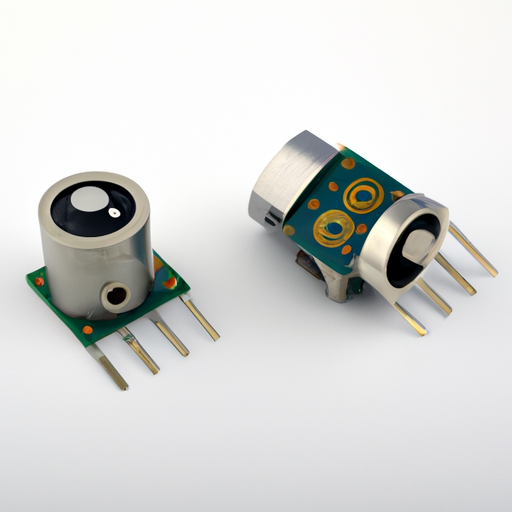
Overview of Encoders, Decoders, and ConvertersEncoders, decoders, and converters are fundamental components in electronic systems, playing crucial roles in data processing, communication, and control applications. Below is a detailed exploration of these technologies, their core functionalities, and relevant application development cases.
Core Functional Technologies 1. **Encoders**
Encoders are devices that transform information from one format to another, primarily for standardization, speed, or compression. They can be categorized into several types:Rotary Encoders: These devices convert the angular position of a shaft into an electrical signal. They are widely used in robotics, industrial automation, and motor control.Rotary Encoders: These devices convert the angular position of a shaft into an electrical signal. They are widely used in robotics, industrial automation, and motor control.Linear Encoders: These measure linear displacement and are commonly found in applications such as CNC machines and 3D printers.Linear Encoders: These measure linear displacement and are commonly found in applications such as CNC machines and 3D printers.Digital Encoders: These convert analog signals into digital data, often utilized in audio and video applications.Digital Encoders: These convert analog signals into digital data, often utilized in audio and video applications.Optical and Magnetic Sensing: Used in rotary and linear encoders for precise position measurement.Optical and Magnetic Sensing: Used in rotary and linear encoders for precise position measurement.Incremental and Absolute Encoding: Incremental encoders provide relative position data, while absolute encoders give a unique position value.Incremental and Absolute Encoding: Incremental encoders provide relative position data, while absolute encoders give a unique position value.Binary Decoders: These convert binary data into a specific output line, commonly used in memory address decoding.Binary Decoders: These convert binary data into a specific output line, commonly used in memory address decoding.Audio/Video Decoders: These convert compressed audio/video formats back into a playable format, essential for media playback.Audio/Video Decoders: These convert compressed audio/video formats back into a playable format, essential for media playback.Logic Gates and Integrated Circuits: Fundamental for binary decoding processes.Logic Gates and Integrated Circuits: Fundamental for binary decoding processes.Software Algorithms: Employed in multimedia decoding to handle various formats efficiently.Software Algorithms: Employed in multimedia decoding to handle various formats efficiently.Analog-to-Digital Converters (ADCs): These convert analog signals into digital data for processing in microcontrollers and digital systems.Analog-to-Digital Converters (ADCs): These convert analog signals into digital data for processing in microcontrollers and digital systems.Digital-to-Analog Converters (DACs): These convert digital signals back into analog form, used in audio playback and signal generation.Digital-to-Analog Converters (DACs): These convert digital signals back into analog form, used in audio playback and signal generation.Conversion Methods: Techniques such as successive approximation, sigma-delta, and flash conversion for ADCs; PWM and R-2R ladder networks for DACs.Conversion Methods: Techniques such as successive approximation, sigma-delta, and flash conversion for ADCs; PWM and R-2R ladder networks for DACs. 2. **Decoders**
Decoders perform the inverse function of encoders, converting encoded data back to its original format. They are essential in communication systems, data storage, and retrieval. 3. **Converters**
Converters change one form of signal to another, including: Application Development Cases 1. **Industrial Automation**
In industrial environments, encoders are vital for monitoring motor position and speed. For instance, rotary encoders provide feedback for servo motors in robotic arms, ensuring precise control.Case Study: A manufacturing company integrated rotary encoders into their CNC machines, significantly improving accuracy and reducing material waste. The real-time feedback from encoders enhanced production efficiency and reduced downtime. 2. **Consumer Electronics**
Decoders are prevalent in consumer electronics, especially in televisions and audio systems. Video decoders are crucial for streaming services to convert compressed video formats into viewable content.Case Study: A leading streaming service developed a custom video decoder that optimized playback across various devices. This innovation reduced buffering times and improved video quality, enhancing the overall user experience.
3. **Healthcare Devices**
Converters are essential in medical devices, such as ECG machines, where analog signals from heart monitors are converted into digital data for analysis.Case Study: A healthcare startup created a portable ECG device that utilized an ADC to convert heart signals into a digital format for real-time monitoring. This advancement enabled remote patient care and improved access to healthcare services.
4. **Telecommunications**
In telecommunications, encoders and decoders are critical for data transmission. Error-correcting codes are implemented to ensure data integrity over noisy channels.Case Study: A telecom company upgraded its data transmission system by incorporating advanced encoding techniques. This upgrade significantly reduced error rates and improved overall network reliability, enhancing service quality for customers.
Conclusion
Encoders, decoders, and converters are integral to modern electronic systems, facilitating efficient data processing and communication across various industries. Their applications range from industrial automation to healthcare, highlighting their versatility and significance in technology development. As technology continues to advance, the demand for more sophisticated encoding and decoding methods is expected to grow, driving further innovation in this field.

Application Development in Buffers, Drivers, Receivers, and Transceivers for 1N5230B-T: Key Technologies and Success StoriesThe 1N5230B-T is a Zener diode widely recognized for its voltage regulation capabilities, making it an essential component in various electronic applications. Its integration into circuits involving buffers, drivers, receivers, and transceivers highlights its significance in ensuring reliable performance across multiple industries. Below, we delve into the key technologies associated with the 1N5230B-T and explore notable success stories that illustrate its practical applications.
Key Technologies1. Voltage Regulation2. Signal Conditioning3. Protection Circuits4. Low-Noise Operation5. Power Management1. Telecommunications2. Consumer Electronics3. Industrial Automation4. Automotive Applications5. Medical Devices Success Stories ConclusionThe integration of the 1N5230B-T in application development involving buffers, drivers, receivers, and transceivers underscores its versatility and importance in modern electronics. By providing stable voltage regulation, effective signal conditioning, and robust protection, it plays a vital role in enhancing the performance and reliability of various electronic systems across multiple industries. As technology continues to advance, components like the 1N5230B-T will remain essential in driving innovation and success in application development, ensuring that electronic devices meet the ever-increasing demands for performance and reliability.
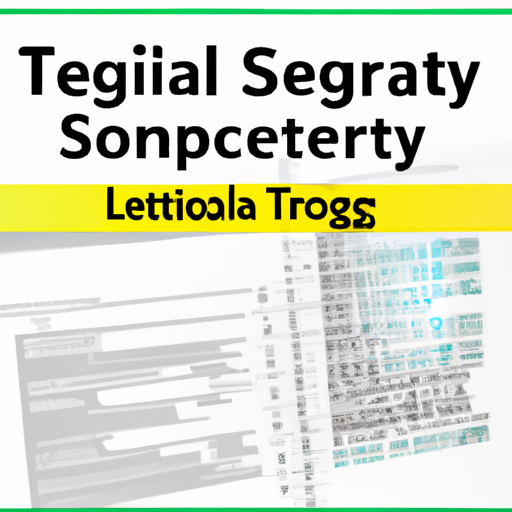
1N5228B-T Specialty Logic: Core Functional Technologies and Application Development CasesThe 1N5228B-T is a Zener diode that plays a crucial role in various electronic applications, particularly in voltage regulation and protection. Below, we delve into the core functional technologies and application development cases that highlight the effectiveness of Specialty Logic in utilizing Zener diodes like the 1N5228B-T.
Core Functional Technologies1. Voltage Regulation2. Overvoltage Protection3. Reference Voltage Generation4. Signal Clipping5. Temperature Compensation1. Power Supply Design2. LED Driver Circuits3. Microcontroller Protection4. Telecommunication Equipment5. Sensor Interface Circuits Application Development Cases ConclusionThe 1N5228B-T Zener diode exemplifies the core functional technologies of Specialty Logic, particularly in voltage regulation, protection, and signal processing. Its applications span various fields, including power supply design, LED drivers, microcontroller protection, telecommunications, and sensor interfaces. By leveraging the unique properties of Zener diodes, engineers can develop robust and efficient electronic systems that meet the demands of modern technology.


